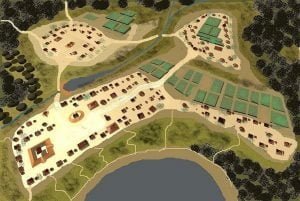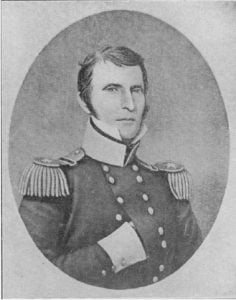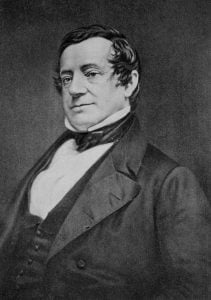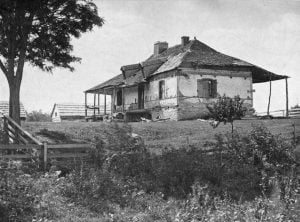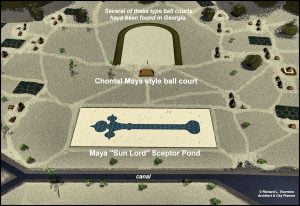In the mid-1700s, Captain Bossu, a French Marine, embarks on a voyage from New Orleans to Fort Toulouse, home to the Alabama and Creek Indians. After a 50-day journey, he arrives to a warm reception by Montberaut, the fort’s esteemed commandant, who shares his successful strategies for maintaining good relationships with the neighboring tribes. During Bossu’s stay, he observes the Creeks’ peace and prosperity, evidenced by their generosity and eloquence.
The fort experiences tumultuous events, including a mother threatened with execution for her son’s crime, but the son bravely surrenders to save her. Later, Bossu is present for the pompous arrival and negotiation efforts with the young Emperor of Coweta, witnessed by Bossu and the French officers.
Fort Toulouse sees various commandants following the whims of colonial governance. Bossu eventually transitions to Fort “Tombecbe” under orders, facing an alligator encounter and foraging ventures along the way. The narrative celebrates the vibrant culture and environment of pre-colonial Alabama, contrasted against its transformation under American expansionism.
As European conflicts spill into colonial territories, France loses its hold on Louisiana in the face of British victory, signified by commanding officers transferring posts to British control. The French finally evacuate, with the Chevalier Lavnoue disposing of all military assets at Fort Toulouse before departing for Mobile, marking the end of French dominion in the region.



